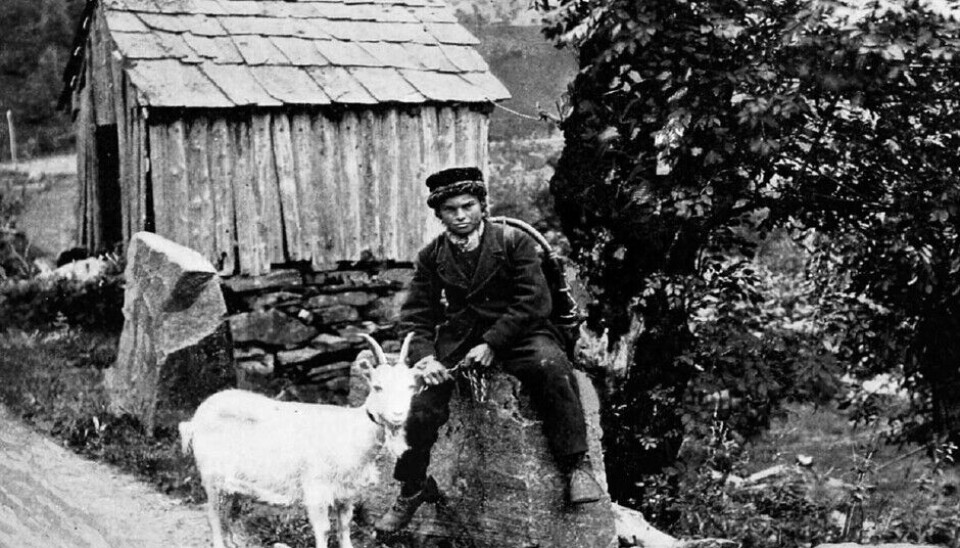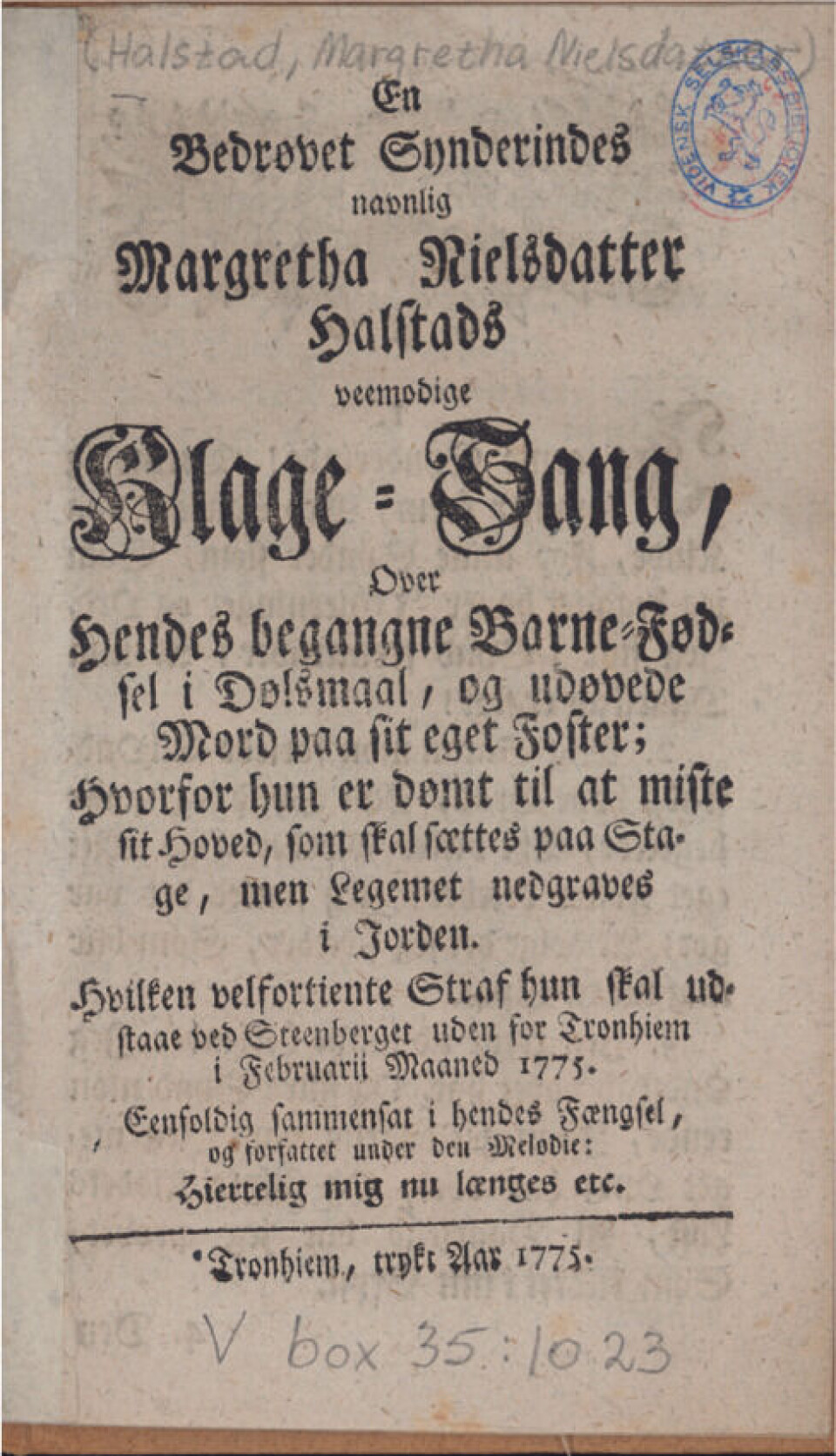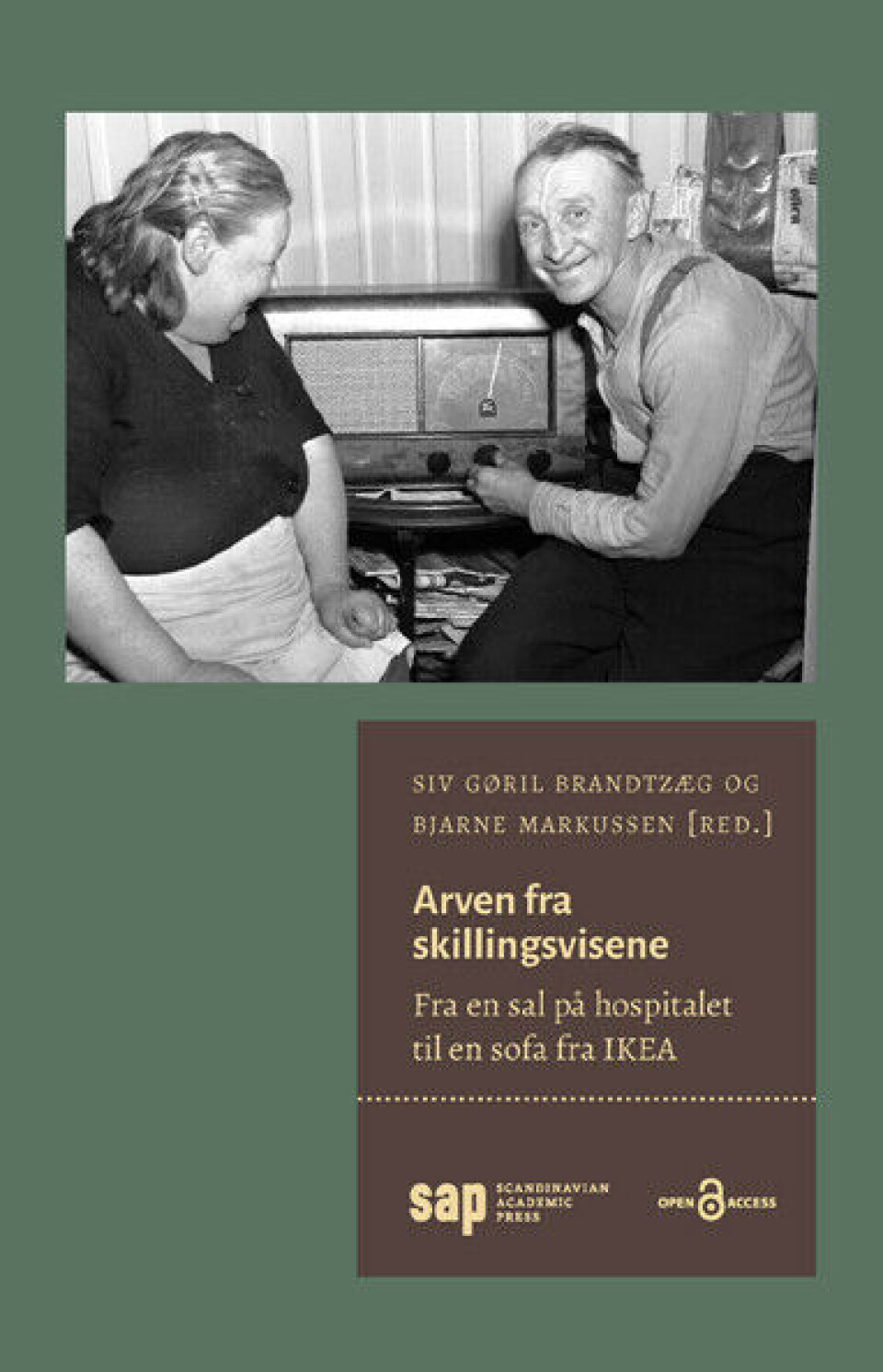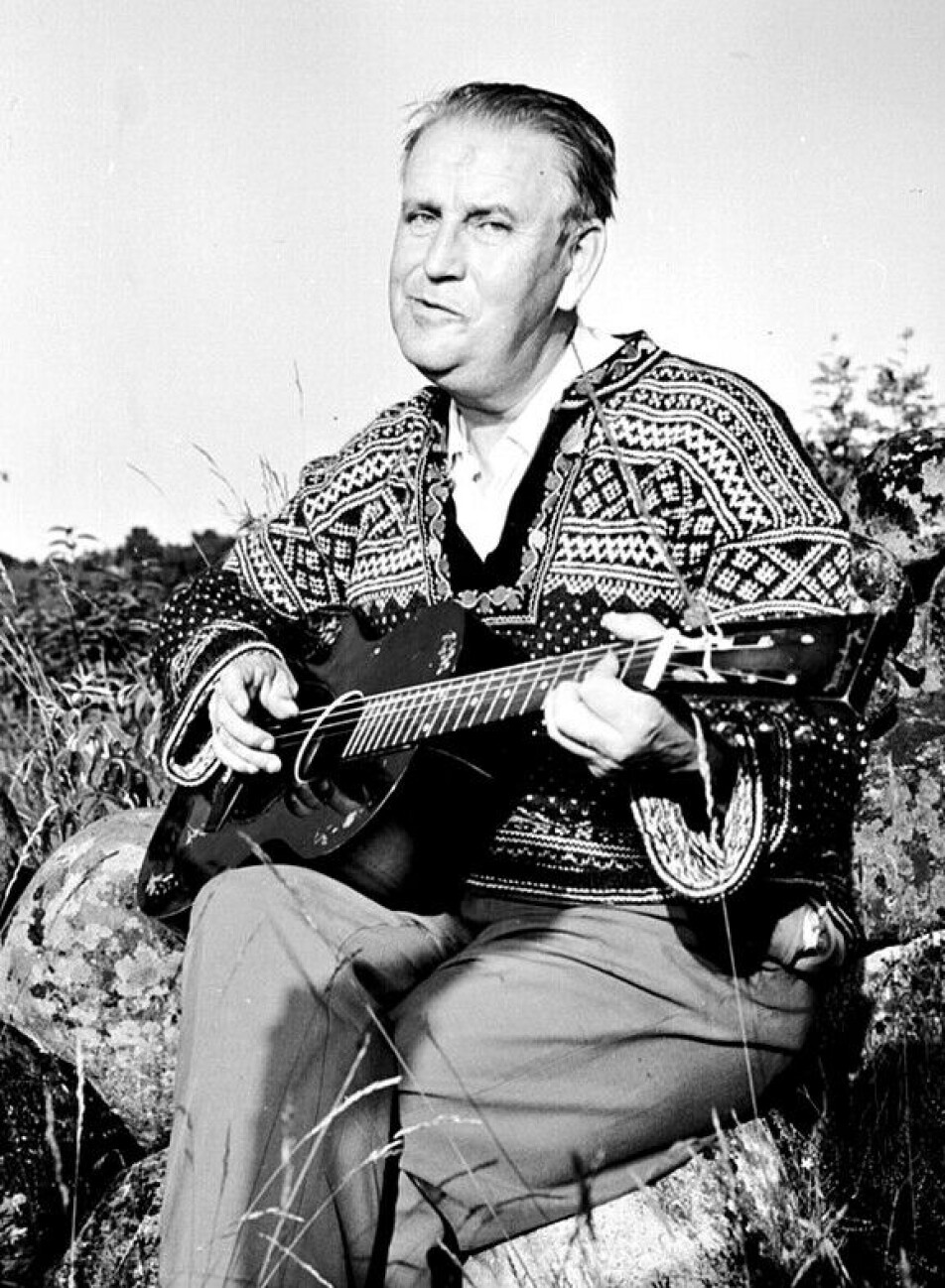THIS ARTICLE/PRESS RELEASE IS PAID FOR AND PRESENTED BY THE University of Agder - read more

The broadside ballads were the social media of their time
Nothing beats broadside ballads when it comes to the contemporary orientation and thematic breadth in the folk song tradition. Norwegian researchers have recently published two major academic anthologies that for the first time describe the history of these songs and their heritage.
“There really is vast material. The more we have looked at it, the more surprised we’ve become by how comprehensive and diverse it is.”
This is what Professor Bjarne Markussen at UiA's Research Group for Song Lyrics says. Since 2018, he and the research group have collaborated on the research project ‘Skillingsvisene i Norge 1550-1950’ (Broadside ballads in Norway 1550-1950) at NTNU in Trondheim, led by Associate Professor Siv Gøril Brandtzæg. This is the largest research effort into broadside ballads in Norway, with a total of 25 contributors.
“There are thousands of broadside ballads at Norwegian archives and libraries. Both the National Library of Norway and NTNU have done a great job of cataloguing and digitising them. It is a very interesting topic to dive into," says Markussen.
"Broadsides are part of our cultural history, media history as well as literary history. They were printed cheaply but profitably and distributed directly from the printers or by travelling salesmen, both men and women. The ballads had simple singable lyrics representing a popular perspective,” he says.


An example is this broadside print (above) from 1775 featuring the song about Margretha from Trondheim who was sentenced to death for throwing her baby in a pile of manure. The frontpage reads as follows (translated):
A grieving sinner’s, namely Margretha Nielsdatter Halstad, melancholy Song of Lament
Over Her undergone Childbirth in Secret, and committed Murder on her own Fetus;
Why she is sentenced to lose her Head, which is to be placed on a Stake, but the Body to be buried in the Ground.
What well deserved Punishment she must endure at Stenberget outside Trondhjem in the Month of February 1775.
Simply put together in her Prison and written to the Melody: Hjertelig mig nu lengtes.
Trondhjem, printed the Year 1775
The melody referred to in this text was a hymn composed and written by the German minister Christoph Knoll in 1599 and is a prayer for a blessed death. It appeared in Norwegian hymn books in 1696 and was thus well known by most people when Margreta was executed.
Click the links to hear the tune that the song was sung to and see the hymn text in Norwegian translation.
The social media of the day
“In many ways, we can say that the broadside ballads were the social media of that time. They describe big and small events in life, love and accidents, executions, and natural disasters. For better or worse, because even then there were ‘trolls’. Overall, they give a fascinating insight into how people felt and what they were interested in at that time,” Bjarne Markussen says.
The result of the collaboration is now published in two cultural and literary history books comprising a total of just over 1100 pages: Skillingsvisene i Norge 1550 -1950. Studier i en forsømt kulturarv (link in Norwegian), and the sequel Arven fra skillingsvisene. Fra en sal på hospitalet til en sofa fra IKEA (link in Norwegian).

Broadsides emerged with the invention of printers
The first book, which was mainly written by researchers associated with NTNU, deals with ballads printed on broadsides in the period 1550-1950.
The prints were small songbooks that were sold for a penny or two. It was a very popular medium, both in Norway and elsewhere in Europe. Some ballads covered news in song form before there were newspapers in this country.
The genre was born two centuries before the novel became popular, and before the establishment of the printing press in Norway in the middle of the seventeenth century. The ballads were transmitted in an oral culture, as one of the main channels of entertainment for a broad public.
Norway's first news medium
The ballads were to be read and sung and had an important purpose in conveying gossip and easily comprehensible news stories about foreign, national, and regional events: crimes and executions, city fires and epidemics, comet sightings and shipwrecks, natural disasters, and sports events. But love songs and patriotic songs were also popular.
Due to the late introduction of printed newspapers in Norway - the first was issued in the 1760s - the broadsheets actually preceded the newspapers in reporting and commenting on news. This alone gives broadside ballads an important role in the development of a media culture in Norway.
From the religious to the secular
The ballads had a strong religious content in the first 200 years.
Throughout the 19th century, the preaching was less pronounced, so the songs from the 1850s onwards became more secular - and these are the ones we primarily associate with broadside ballads today: Sentimental songs about lost love, neglected children and the sinking of the Titanic.
Broadside prints as a medium ceased around 1950, when radio broadcasting, gramophones and sheet music had taken over the dissemination of songs to most people.
Alf Prøysen and Ole Paus
The second book deals with the legacy of the broadside ballads and looks at how the songs appear in new media, from revue songs in the 1920s to Covid songs on the internet in the 2020s. This book is edited by the Research Group for Song Lyrics at UiA, where almost all the contributors are members.
“The broadside ballads were important sources of inspiration for Alf Prøysen, Elias Akselsen, Ole Paus, Else Michelet and others - including Norway's best-selling album series of all time: Frem fra glemselen (Out of the oblivion). The book shows how the legacy has been carried on in modern times,” Bjarne Markussen says.
Prøysen collected ballads and borrowed features from them. In the American tradition, Bob Dylan is similarly inspired by broadside ballads. One chapter in the book deals with that, written by UiA professor Michael Prince.

When historical stylistic features are used in new media and social contexts, they also acquire new functions, not least when the original context disappears, as for work songs (the Norwegian ‘rallarvise’) and news songs. Nowadays we all know the news long before a song writer has time to make a song about them, so when the song finally arrives, it has a commenting and often satirical function, rather than a news-disseminating function.
“We see that stylistic features that used to guarantee authenticity - for example accurate information about name, place and position - can have a comic effect, like when Ole Paus sings ‘The Ballad about Police Inspector Rynning-Tønnesen and Secretary Andreassen at Bergen Police Station’.
But the modern songs have nevertheless retained the folk flavour and the contemporary perspective, so the legacy of the broadside ballads is clearly present in the culture,” says Markussen.
See more content from the University of Agder:
-
This researcher has helped more economics students pass their maths exams
-
There are many cases of fathers and sons both reaching elite level in football. Why is that?
-
How we used plants to protect ourselves from evil
-
What is it like for nurses to promote health behind bars?
-
This can make life easier for new maths teachers
-
Norwegian women were burned at the stake here






































